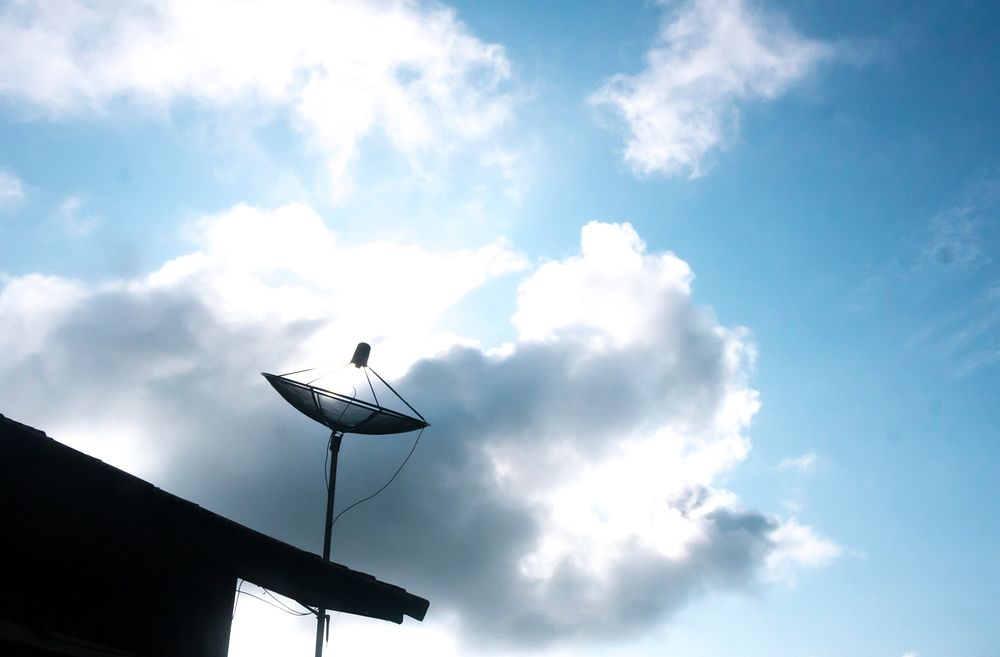Streaming services and cable subscriptions dominate the entertainment landscape, HD antennas offer a refreshing alternative for accessing local channels in high definition, often for free. However, to ensure optimal performance and reception, investing in the right accessories is crucial. This guide will walk you through the process of selecting HD antenna accessories to enhance your viewing experience.
Before delving into accessories, it’s essential to understand the basics of HD antennas. These antennas receive over-the-air television signals broadcast by local stations, delivering high-definition content to compatible TVs. Unlike cable or satellite subscriptions, HD antennas provide access to local channels without monthly fees, making them a cost-effective choice for many consumers.
Factors Affecting Reception
Several factors can impact the reception quality of your HD antenna:
Distance from Broadcast Towers: The closer you are to the broadcast towers, the better your reception is likely to be.
Terrain and Obstructions: Physical obstacles like mountains, tall buildings, or dense foliage can obstruct signals, leading to poor reception.
Antenna Placement: Proper placement of the antenna, preferably in an elevated position and facing the direction of the nearest broadcast towers, is crucial for optimal reception.
Signal Interference: Electronic devices, power lines, and even weather conditions can introduce interference, affecting signal strength.
Understanding these factors will help you make informed decisions when selecting accessories to improve your HD antenna setup.
Types of HD Antenna Accessories
Amplifiers: Amplifiers, also known as signal boosters, enhance weak signals, making them ideal for areas with poor reception or significant signal interference. When choosing an amplifier, opt for one with adjustable gain control to prevent signal overload.
Coaxial Cables: High-quality coaxial cables are essential for minimizing signal loss between the antenna and your TV. Look for cables with low signal attenuation and impedance matching for optimal performance.
Mounting Hardware: Proper mounting hardware ensures secure installation of your HD antenna, preventing potential damage from strong winds or other environmental factors. Choose mounting brackets or poles designed for outdoor use and capable of supporting the weight of your antenna.
Rotors: For users located in areas with broadcast towers in different directions, rotor systems allow you to adjust the antenna’s orientation remotely, optimizing signal reception for multiple channels.
Filters: Filters can help mitigate signal interference caused by nearby electronics or cellular networks, resulting in clearer reception of your desired channels. Consider installing both low-pass and high-pass filters to address different types of interference.
Considerations When Buying Accessories
When purchasing accessories for your HD antenna, keep the following considerations in mind:
Compatibility: Ensure that the accessories you choose are compatible with your existing HD antenna and television setup. Check compatibility specifications and seek recommendations from experts if needed.
Quality: Opt for accessories from reputable brands known for their quality and reliability. Investing in high-quality components may cost more initially but can offer better performance and durability in the long run.
Budget: Set a budget for your accessory purchases and prioritize essential items based on your specific requirements. While it’s tempting to opt for the cheapest options, prioritize value and performance over cost savings.
Reviews and Recommendations: Before making a purchase, read reviews from other users and seek recommendations from friends or online forums. Real-world experiences can provide valuable insights into the performance of different accessories.
Installation Tips
Once you’ve selected the necessary accessories, follow these tips for optimal installation:
Antenna Placement: Place your antenna in the highest possible location, preferably outdoors, and facing the direction of the nearest broadcast towers. Avoid placing it near large metal objects or electronic devices that may interfere with signals.
Cable Routing: Use the shortest possible coaxial cable length to minimize signal loss. Route the cable away from sources of interference and secure it properly to prevent damage or tripping hazards.
Grounding: If installing an outdoor antenna, ensure proper grounding to protect against lightning strikes and electrical surges. Follow manufacturer guidelines for grounding procedures to ensure safety.
Alignment and Testing: Once installed, use a signal strength meter or the signal strength indicator on your TV to fine-tune the antenna’s alignment for optimal reception. Perform channel scans periodically to ensure you’re receiving all available channels.
Enhancing the reception of your HD antenna accessories requires careful consideration of various factors, including signal strength, interference, and equipment quality. By selecting the right accessories and following proper installation practices, you can enjoy crystal-clear high-definition television broadcasts without the hassle of monthly subscription fees. Invest in quality components, prioritize compatibility, and follow manufacturer guidelines for optimal results. With the right accessories and setup, you can unlock the full potential of your HD antenna and enjoy a wide range of local channels with stunning clarity and reliability.
